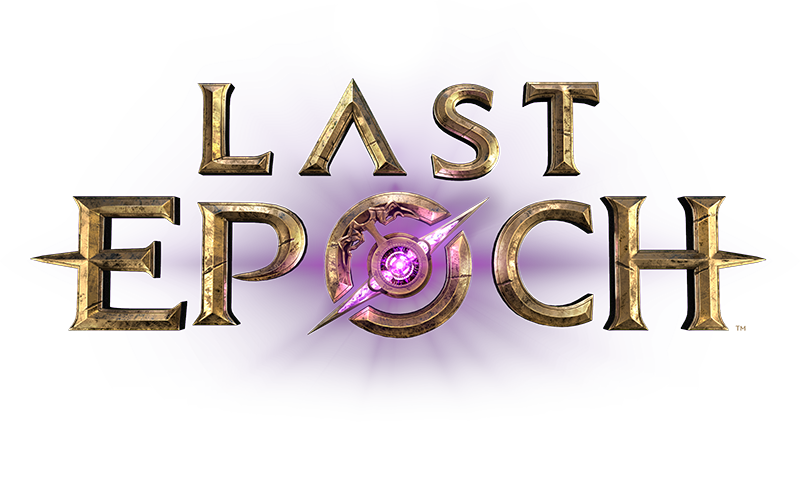They can be.
They just shouldn’t be allowed to roll lower then you’ve already achieved. So gradual upgrades every time do you it.
Set a max % amount of what it could upgrade to, check the current unlocked value, provide a random increase between ‘0’ (staying the same) and whatever the maximum increase should be.
Shouldn’t be hard to do.
Also a viable option since it’s a longer-term farm anyway. Agreed.
Nah, not needed if one of the other (or both) are implemented.
Your programming is fine, your math is off 
If you have a roll-range of 50 values and only full integers can roll then you have 50 different states available. Hence each stage has a 2% chance to roll.
As simple as that. With a 50% chance you’ll have a max roll after 34,5 (or so) tries. Which is… a lot, especially since we have 11 timelines. That related to more then 400 bosses killed (Chance doesn’t rise linear) before maxing out all blessings with that 50% chance… given that we roll the right blessing every single time without fail.
With the variety (and different rarity) of the blessings it can get into the 10k+ range for a 50% normal distribution though, which is not acceptable and never was.
Scaling and EHG just doesn’t go together well. All their scaling systems are just randomly thrown out in the hopes they mesh together, stopping whenever ‘it feels not like crap’. There is no informed decision behind it, or at least not one I can find out since I’m checking out general distribution and exponential equations since a few weeks now as I wanna get to the bottom of those issues.
Not mathematically… perception wise it is better. ‘Number go brrrrr’ is nice, contrary ‘No reward’ is not nice for our brain.
Tricking the brain to think it got a reward is 50% of game-dev.
The other 50% is giving it neither too much nor too little reward.
Once again, perception.
A system which has a random range from 1-100 every time does allow ‘fail states’. ‘No change’ for you. Negative emotions are roughly 10 times as intensive for the human brain as positive emotions, which is why depression is so easy to have and so hard to get out of.
So theoretically (practically there’s much more at work) we would need 10 times as many ‘Number go brrr’ effects then ‘No increase’ ones to make it feel ‘good’. So only a 10% chance to ‘fail’ at most. Which… obviously is impossible when you get higher and higher rolls as the chance to fail gets higher with each pre-earned point for the ‘floor’.
Hence why #2 is psychologically better. You can make the increase a max of 2 points and despite starting off vastly better without this system you would still feel ‘rewarded’ every time you do it, without fail. And you would see that quite a surprising amount of people would be fine with it despite needing a lot longer for the majority of people.
In my example if you get 20 rolls you’ll have a value between ‘10’ and ‘20’ after the incremental rolls, but with the completely random one you’ll have had a 9,5% chance to achieve your ‘100’ value already, which is substantial.
After 25 (20-50) you’ll have had a 22% chance.
And it inverts the higher we go, leading to taking longer… as even when you’ve ‘finished’ your blessing with guarantee after 100 rolls in the incremental version (since 1 is the minimum increase) you’ll still only have had a 63% chance to achieve the 100 roll.
Double it and it’s still only 86%
The formula behind that is “1 - p^n” which in that case is 1 - (99/100)^number of tries.
That one is a important formula for change-based stuff. Puts things into relation properly.
